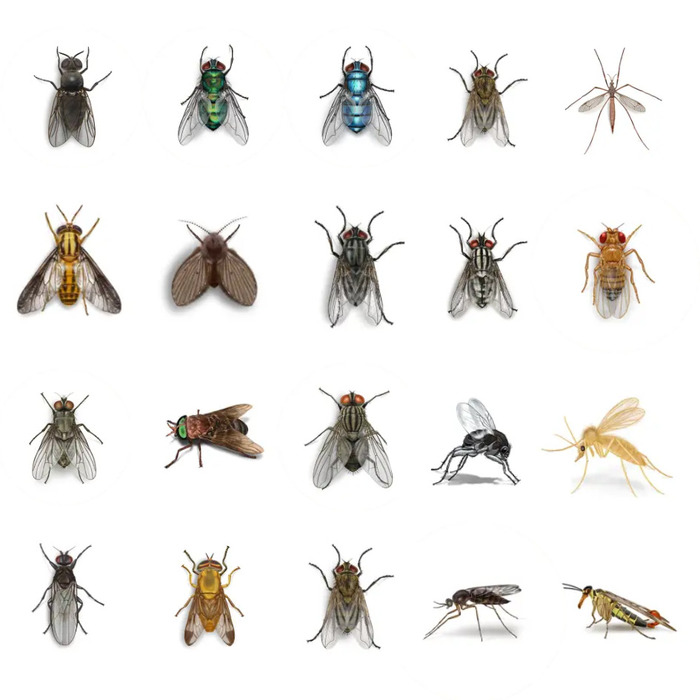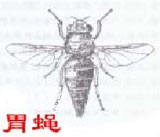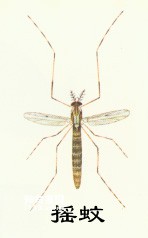
Flies are some of the most common and ubiquitous insects in the world. While their presence is a natural part of many ecosystems, flies can be harmful in several ways, particularly to human health, livestock, and agriculture. In this article, we will explore the various ways in which flies pose risk...

Flies, a diverse group of insects belonging to the order Diptera, are often regarded with mixed feelings. Some people view them as pests, while others recognize their ecological importance. The question of whether flies are beneficial or harmful is complex, and it depends on the species and context...

The horse stomach fly belongs to the family Gastridae of the order Diptera, and its larvae live in the stomach of the host. The body is medium to large. 9 to 18 mm long. The whole body is densely covered with long yellow-brown or yellow-white hairs, which is a strong fly. The eyes are large a...

Gnids belong to the order Diptera and are medium to large-sized species with strong and soft hairs. They are often called cow rainbows. Commonly known as "blind fly" or "blind fly" in the northeastern forest area, it has a large head, hemispherical, or slightly triangular. The compound eyes a...

[Economic Significance] Diptera includes flies, mosquitoes, gnats, midges and flies, with only one pair of developed forewings. Their living habits vary widely and they are extremely adaptable. Some species are important pests or beneficial insects in agricultural and forestry production, and...

Recent research shows that there may be 10 million species of insects in the world, accounting for about half of all biological species on the earth. However, there are currently only 1 million named insect species, accounting for 2/3-3/4 of the known species in the animal kingdom. It can be...